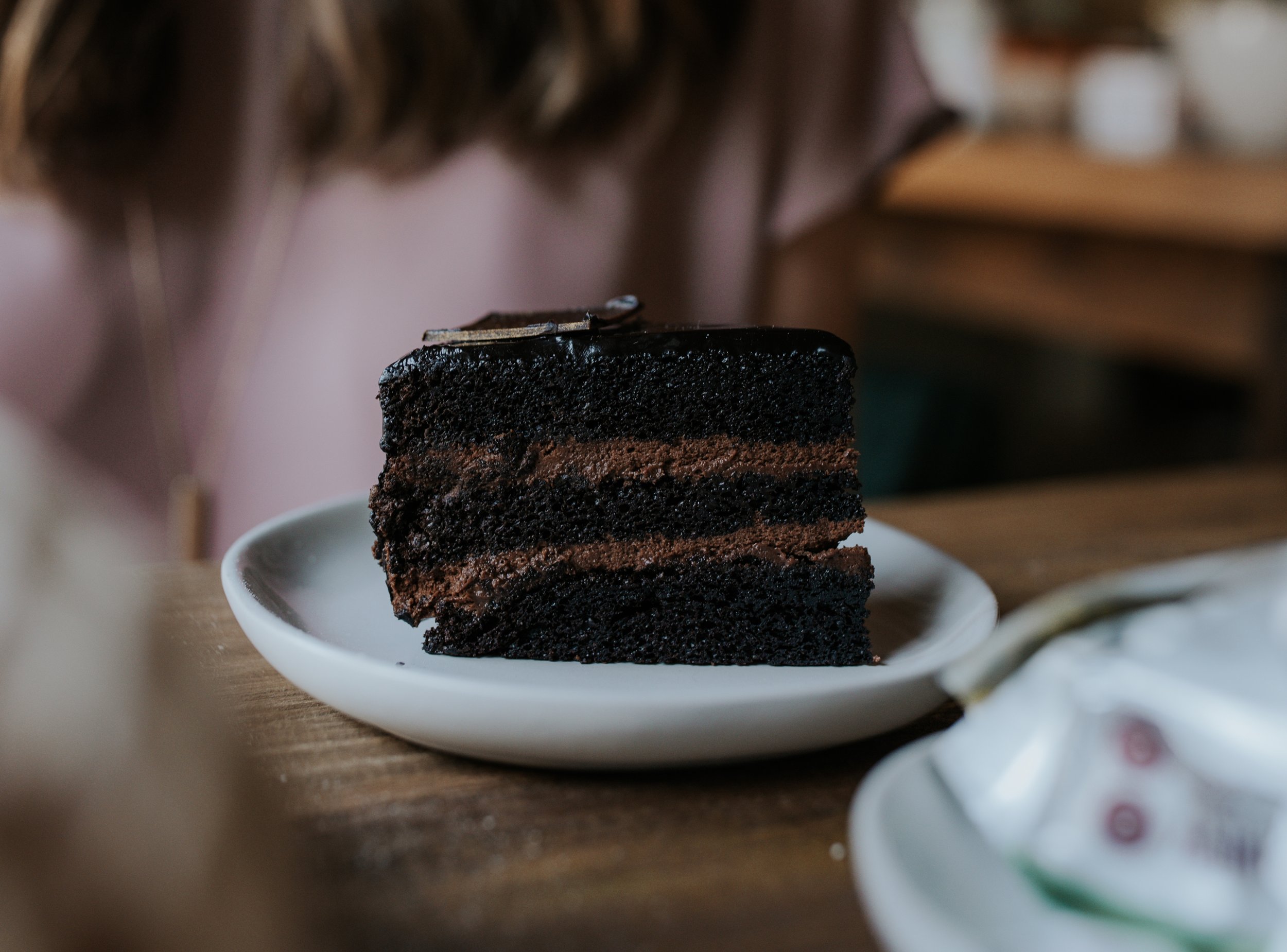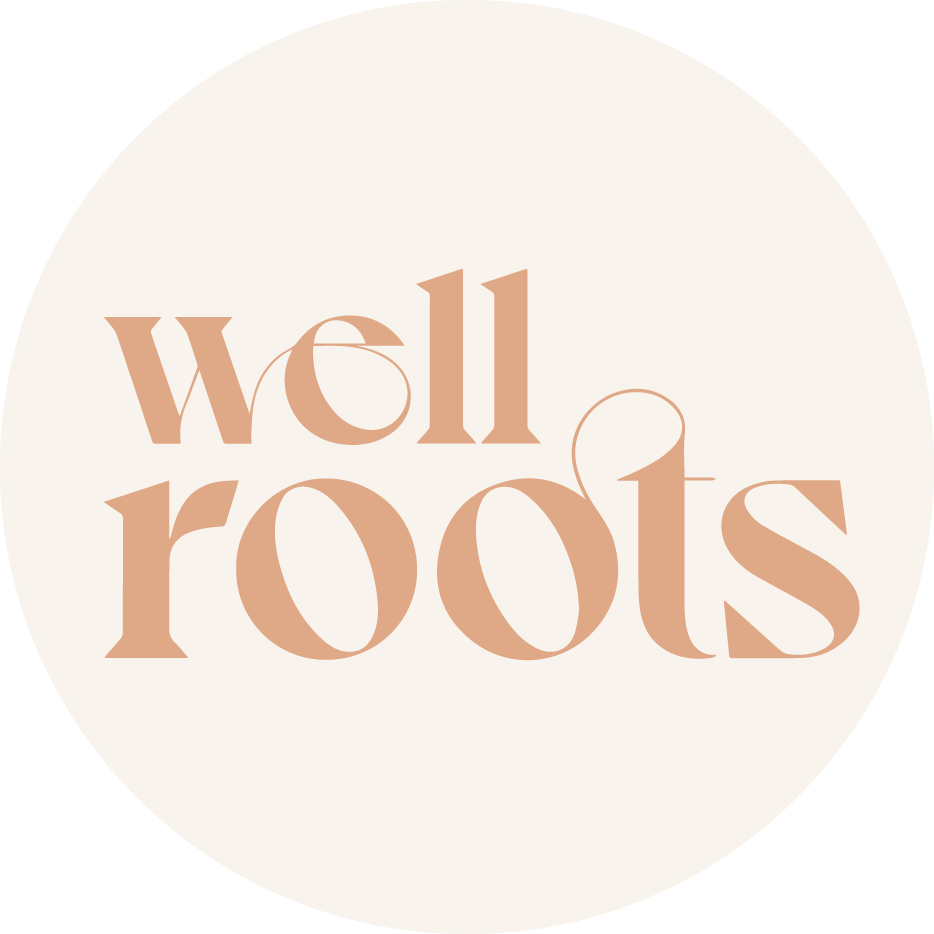
eat MORE cake?
A Masterclass for understanding food labels.
Learn to spot health scams so you can feel confident about your food choices.
cut the crap
A self-paced online course to help you to stop relying on health trends, and make educated food choices that support your health, and the planet’s.
-
SECTION 1 | getting started
-
start here
I’m a big fan of expectations. This module provides a brief outline of what you can expect throughout the course, how to connect with me when you have questions, and contains the download link for the Cut the Crap PDF Workbook.
-
module 1: what's your why?
You will get out of this course what you put into it.
That's why the first step in making change is to first explore why you're here.
-
module 2: good, better, best
Cut the Crap is designed to give you options, by empowering you to make more educated decisions about your food choices, and leave room for flexibility based on your needs, your family's needs, and food accessibility.
That's why in this Module, we'll discuss a mindset technique I call Good, Better, Best.
-
-
SECTION 2 | understanding the facts
-
module 3: organic v. conventional
Throughout the CTC course, we will often refer to the term organic. While this is often the best choice, it is not always accessible or affordable, and in some cases, the organic label may not even be reliable.
Let’s talk about what it means for a food to be labeled “organic.”
-
module 4: reading the label | fats
Arguably our body’s most crucial use for fat is that it is the primary structural component of every cell in our body. What’s more, our brain is nearly 60% fat and relies heavily on fatty acids to perform, which our body must obtain from dietary sources. Digging a little deeper into the fact bank, we need dietary fat in order to be able to absorb fat-soluble vitamins such as Vitamins A, E, D and K.
But not just any fat will do…
-
module 5: reading the label | chemicals, emulsifiers, and preservatives
In an ideal world, all of us would be eating locally and organically grown, whole foods to support optimal health. But let’s be real – that is not the case for many of us. Either we don’t understand the value, cannot access such things due to location or affordability (or both!), or increased reliance on prepared and prepackaged foods due to a busy lifestyle.
-
module 6: reading the label | sugars
It’s a disheartening truth that our society has taken the consumption of sugars to an alarming place, in a way that disrupts our hormones and causes obesity, inflammation, and chronic illness. Research is beginning to show the effects of sugar overconsumption (both refined and unrefined) on Alzheimer's, heart disease, & metabolic syndrome (which is an umbrella term for being at high risk of heart disease, type II diabetes, or stroke)…
-
module 7: reading the label | grains
…grains can also be difficult for some bodies to break down properly, and over time, the genetic modification of various grain crops has had a vastly negative impact on the environment and our bodies.
-
module 8: reading the label | animal foods
Imagine what would happen if you were to go out and eat the green off your garden's Douglas fir or maybe the magnolia tree. How do you think your body would tolerate it? Could you chew it properly? Would you be able to digest it? Would it poison you, or if not, would it cause stress to your body's immune system as something foreign?
-
module 9: reading the label | cookware & food storage
Choosing non-toxic cookware and food storage is an important part of this process. Why spend that time and effort into making sure you have a lovely cut of meat from a local pasture, only to expose it to toxins while cooking it?
-
BONUS MODULE | how to cast iron
Though some influencers might tell you differently, caring for your cast iron is not that complicated, and there are many right ways of doing it. Practice patience with yourself as you get the hang of it (it does require consistency), and remember that your cast iron will never judge your technique (and neither will I).
-
-
SECTION 3 | taking action
-
module 10: take action
Before you begin looking at labels, it’s important to cull out the expired, the moldy, the mysterious-smelling, and the stale foods. Not only do those foods add to your toxic load if consumed, but culling them out cuts down on your work for the rest of this phase.
-
final module | course wrap-up
What’s the rest of your story?
I have one final Workbook prompt for you, but before you do that, here are a few things I want you to know.
-
meet your instructor ✳
HILARY BECKWITH
Quirky nutrition expert, roller skater, ex-dieter, pet hedgehog owner, and bringer of great snacks!
Hilary has a long history of health conditions that used to leave her feeling broken and alone.
After learning to resolve her own symptoms, and now a practitioner who is Board Certified in Holistic Nutrition, she helps women understand and trust their body so they can feel like themselves again.
what you’ll gain
-
Learn the meaning behind common food terms like “gluten-free”, “organic”, and “plant-based”.
Do they really mean a food is healthier? Or is it just marketing?
-
In addition to understanding what certain food marketing terms mean, Cut the Crap also teaches mindset and autonomy.
You should be the one who gets to decide which foods best suit you and your family.
This course will help you make informed, empowered decisions about the foods you eat.
-
While the main focus of Cut the Crap, is on improving your physical health, the content you’ll learn coincides with supporting sustainable, planet-saving farming techniques and products.
course FAQ
-
Nope!
This course is designed to help you look at food labels and understand food sourcing, manufacturing practices, and farming practices.
The course is also designed to help you decide what’s best for you and your family based on your access to food, budget, food allergies, etc., so you can stop relying on diets and health trends.
That’s the end goal!
-
Cut the Crap is a self-paced course so you can go at your own speed.
You know you better than anyone.
Make time for what you prioritize.
-
From start-to-finish, it depends on what time you put into it.
As for each module, there are 10 modules, each containing about 5-10 minutes of reading content, and videos ranging 2-22 minutes each.
On average, you can expect to spend about 15-30 minutes on each module.
If you like to dig into the research, like I do, you can expect it to take a bit longer. (:
-
There is no time limit! You have access to the content for as long as the course exists.
See Terms and Conditions for our refund policy.
-
-
Click here to send me an email.






